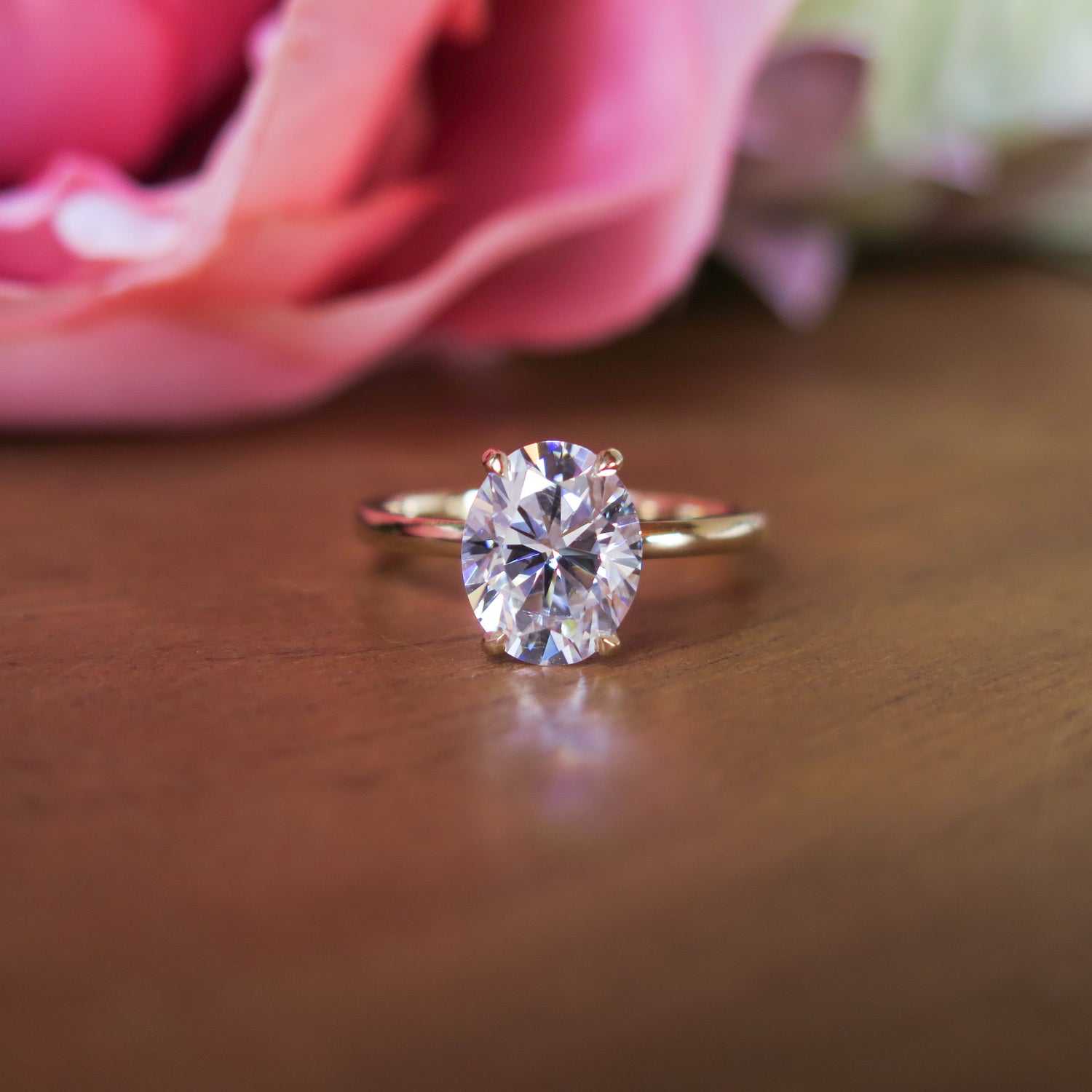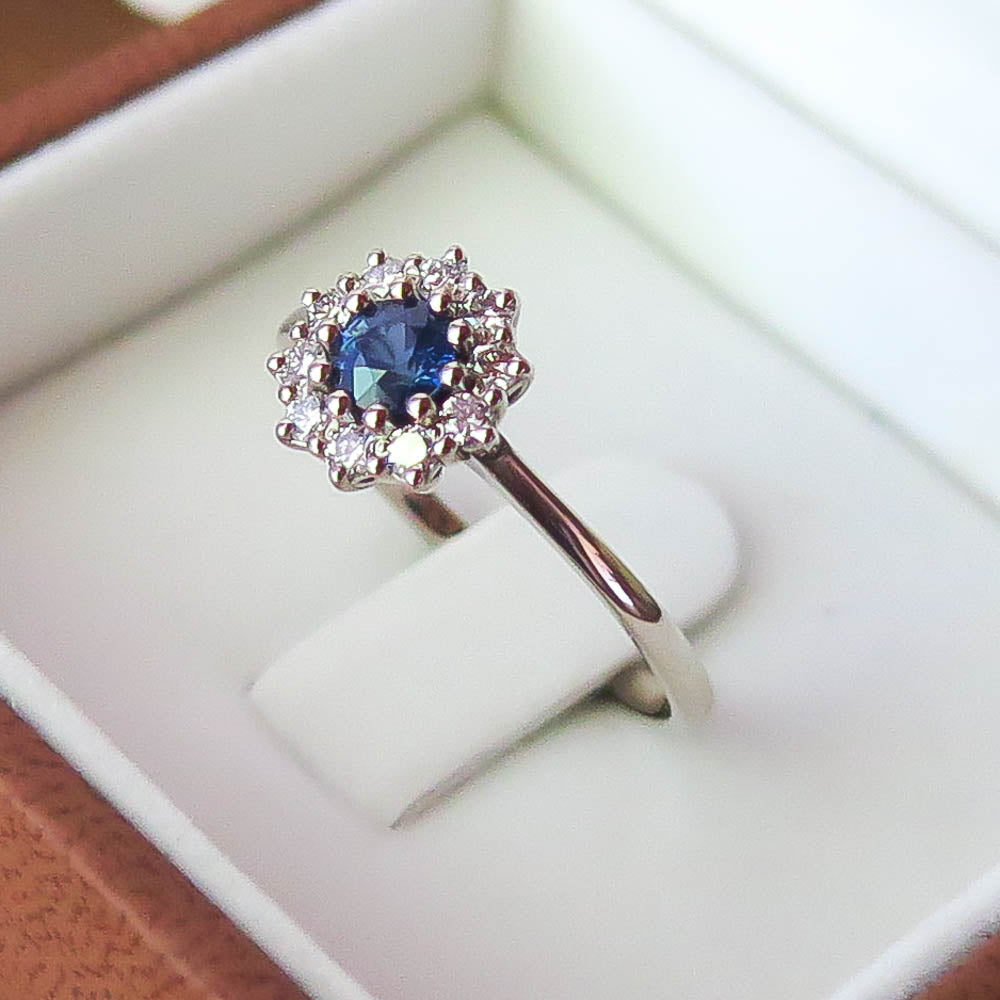Shipping & Returns
SHIPPING
SOUTH AFRICA: Orders over R1500 qualify for free door-to-door shipping anywhere in South Africa via The Courier Guy. Orders below this threshold will be required to pay for shipping at checkout.
The shipping options are as follows:
GAUTENG:
Local Overnight door-to-door via The Courier Guy: R100 (1-2 business days from date of shipping)
Pudo, locker-to-locker: R60
REST OF SOUTH AFRICA:
National Overnight door-to-door by The Courier Guy: R150 (2-3 business days from date of shipping)
Pudo, locker-to-locker: R60
INTERNATIONAL: Orders over ZAR15,000 qualify for free international shipping by door-to-door courier. Orders below this threshold will be required to choose a shipping service at checkout. There are several options available. The buyer is responsible for import taxes and shipping surcharges levied by the destination country and/or carrier after the item has left our care.
DISPATCH & LEAD TIMES
On all items that are kept in stock, dispatch will take place within 2 working days of receipt of payment. Wherever possible we try to dispatch by the next courier pickup cycle.
On items manufactured to order, dispatch will take place within 15 working days of receipt of payment. Please refer to the item description for specific information on which items are kept in stock and which are manufactured to order, or reach out for clarification.
RETURNS
We take great care to ensure that your purchase will meet your expectations. Should you be unsatisfied with your purchase, we’ll be happy to accommodate returns.
For all stock items (items bought as is from our catalogue):
- Please inform us within 7 days of taking receipt of your item that you intend to return it.
- We’ll book the return shipping by an equivalent service at our cost.
- Please return your product in its original condition and in the original packaging.
- Refunds are only paid out once the item has been received, inspected and found to be in good order.
- Refunds are processed within one working day of receipt of the return and may take up to 48 hours to reflect depending on the payment method used.
Because personalised items cannot be resold, and often the metal needs to be refined (if it is plated), the refunds on them work a little differently. Most companies offer no returns on personalised items, but we really want you to be comfortable shopping with us. Therefore we do offer returns on personalised items, but not bank refunds. Should you wish to return your purchase we are happy to accept the return and offer you a credit on your next purchase for the full value of the item you have returned to us. This value will exclude shipping charges paid at checkout.
For all personalised items (items engraved with unique names, inscriptions, etc. or manufactured to specifications stipulated by the buyer. This definition excludes items that are considered “commission pieces”):
- Please inform us within 7 days of taking receipt of your item that you intend to return it.
- We’ll book the return shipping by an equivalent service at our cost.
- Please return your product in its original condition and in the original packaging.
- Credit notes are processed once the item has been received, inspected and found to be in good order, and should be available immediately after processing.

Are you thinking of getting engaged soon?
Book a free consultation (in person or via Zoom) and let me help you bring your idea to life. Free nationwide door-to-door shipping is included on all orders over R1500.

Frequently Asked Questions
How does it work? Where do I start?
The best place to start is with the gemstone that will be the central feature of the ring because this dictates many of the other proportions of the piece. For a detailed breakdown of the process, click here.
Can I bring my own diamond or other gemstones?
Yes, you are more than welcome to do that. Many people inherit a stone from a family member or would like to reuse a stone they bought on another occasion. That is perfectly fine with me.
What metals do you work in?
I work in all precious metals commonly used for jewellery, so that would be sterling silver, argentium silver, yellow gold and white gold (9K, 14K, 18K), and platinum. For more information on precious metals and the difference between them, click here.
What is the difference between white gold and platinum?
Platinum is an element on the periodic table, a metal in its own right, while white gold is an alloy of pure yellow gold and other metals. Here is a bit of history:
In the late 19th century bench jewellery was revolutionised by the invention of the
pressurised oxygen tank, or liquid oxygen, which for the first time became
commercially available at affordable prices. This led to the development of the
oxyacetylene mixing torch, invented in France by Edmond Fouché and Charles
Picard, and for the first time made possible a flame that could reach the
temperatures required for solid platinum (Pt) jewellery manufacturing.
Platinum quickly emerged as the new darling in the world of fine jewellery, with its
brilliant white colour it complimented white diamonds, which thanks to De Beers
were having a moment at the same time too, and its fantastic tensile strength
made extremely delicate designs possible for the first time in history.
With the end of the Edwardian era and the start of WWI, platinum all but disappeared in
jewellery, due to its usefulness as a catalyst in explosive devices but
experienced a brief period of resurging glory (the Art Deco period) between the
great wars, mostly thanks to the discovery of the Merensky Reef, a platinum
deposit which stretches from northern Gauteng into Mpumalanga and Limpopo.
During WWII the US government declared platinum a metal of strategic importance, and almost
completely banned its use in anything outside of military applications. This
led to the development of a new gold alloy we know today as white gold.
White gold is a mixture of pure yellow gold and other metals such as silver, copper and
zinc, which are common in other gold alloys, but with the addition of palladium
or nickel to bleach out the yellow colour. Because its base is still yellow
metal, it isn’t quite white and is usually plated with another, whiter metal to
create the crisp white finish consumers expect. This used to be done with
rhodium (Rh), but after that metal’s price skyrocketed in recent years, it has
been replaced by other metals.
Nickel alloys have almost completely fallen out of use because most people are
allergic to them. It perseveres in mass production white gold jewellery though,
so be sure to ask before you make a purchase. My preferred alloy contains 10%
palladium. Although the palladium content makes it quite a bit more expensive
than the nickel alloys, it has good tensile strength, is unlikely to cause
allergic reactions, and has a white enough finish for it to still appear white
even without the plating.
Because it contains gold (Au), white gold alloy fineness (purity) is expressed the same
way as yellow gold, in karatage (9K, 14K, 18K) or parts in 1000 (375, 585, 750). In South Africa platinum jewellery is usually 95% pure Pt, with a 5%
copper or ruthenium alloy.
You can read more about the composition of white gold here.
Can I buy a diamond from you?
Yes, I source quality diamonds based on your requirements. During your consultation we can discuss the pros and cons of both natural and laboratory-grown diamonds. I usually call a few options for you to view before making your decision. I do not keep diamonds on the premises for security reasons, so you will need to book this viewing in advance. For more information on how to choose a natural diamond, click here. For more information on laboratory-grown diamonds, click here.
What if I don't want a diamond?
I get you. There are plenty of other options. Moissanite is increasingly popular as a replacement for diamond, and lots of people are opting for coloured gemstones instead. I can source whatever you need. Click here to browse a selection of coloured gemstones I offer on behalf of a third party seller. Like with diamonds you will need to book viewings in advance because I need time to request the stone from the supplier.
What is moissanite?
Moissanite is a man-made gem which has very similar properties to diamond, although not quite as hard. Click here to read more about this affordable alternative.
What other services do you offer?
Other services include remodeling of old jewellery and insurance valuations. For a list of my services, click here.
Can I see some of the things you have made?
My social media accounts are really the best place to see this, but I have a small gallery on the website which you can find here.
